Review for Nowhere To Go
Though you’ll see the Ealing logo at the front and back of this film, that’s pretty much the only link you’ll find with the brand. By the time this was made Rank had severed ties with Ealing who also pretty much closed down the house studios. By the time MGM picked them up they were a loose cluster of British film-makers thinly held together by the common thread of Ealing history. They were also keen to please their new masters (or ‘backers’ if you prefer) and as a result started focussing on films with clear international appeal rather than the quintessentially British films that had gone before.
Seth Holt made his directorial debut with ‘Nowhere to Go’ and consciously set out to ‘…make the least Ealing-like film possible’. In that respect he very nearly succeeded.
OK – so this is not typical Ealing fare. However it is a tightly directed thriller and a thoroughly engaging one at that. Co-penned by Seth Holt and theatre critic Kenneth Tynan, it also boasts the very first big screen appearance of our very own Maggie Smith.
‘Nowhere to Go’ shamelessly borrows its cues, snappy dialogue and atmosphere from classic film noir and, highly untypically for an Ealing film, uses a Jazz score especially commissioned, by Dizzy Reece and his quartet, lending the film a real sense of American hip.
The lead role is played by a Canadian (George Nader) who plays a street-hip conman who sets up a scam on a naïve widow to help divest her late husband’s precious coin collection – with no intention of sharing the £55,000 they would raise. He relies on the help of his friend and cohort in crime, Sloane (British movie stalwart Bernard Lee), to pull it off and he soon deposits the cash in a place that only he has knowledge of.
He then simply awaits inevitable arrest assuming that he will get five years maximum in the slammer (amusingly he explains to Sloane that this works out at an eye-watering £14,000 a year – oh, how times have changed!).
However, he actually gets ten years for his trouble and, unable to ride such a stretch out he gets Sloane to help him escape. (Indeed, the first ten minutes of the film start with the escape followed by flashback up to where the story picks up again – a sophisticated approach that really pays off).
Nader (who never did much beyond this starring role unless you count writing the world’s first gay sci-fi thriller in 1978) turns in a sterling turn, a little reminiscent of psycho-era Anthony Perkins, playing a kind of detached charm. Sadly Nader’s career was scuppered when Universal ditched him after an affair with Rock Hudson which they were keen to keep quiet.
The film’s cinematography is impressive, playing with shadow and deep contrast in true Film Noir style, revealing great technical talent from Seth Holt who went on to direct a couple of Hammer classics (The Nanny, Blood from the Mummy’s Tomb).
The version we get here is the fully restored 100 minute version rather than the brutally sliced version put out by MGM in order to squeeze it into a double-bill. There doesn’t seem to be much fat so it’s easy to imagine that the slicing did the film no favours on its initial release.
The picture quality is really superb throughout and audio perfectly acceptable. There are several parts of the film where there is little or no audio like the opening segment with the prison escape where just spot effects are added and even then there is little evidence of background hiss or interference, not always the case on a film of this vintage.
It’s a bit thin on extras featuring a single 12 minute interview with an Ealing aficionado reflecting in the curious circumstances of the film’s making. You won’t have to be an Ealing fan to enjoy this film. Indeed it scarcely matters whether you are or aren’t as, apart from the inclusion of the logo in the titles, there is nothing even remotely Ealing-like about it. But it’s a tightly constructed, fast moving thriller in its own right and very enjoyable. It may not have the greatest ending in the world but you’ll have a lot of fun getting there. Highly recommended as a lost gem.
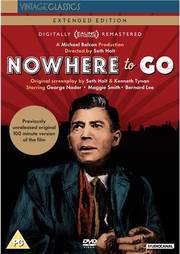
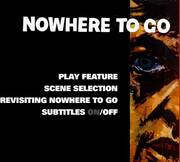

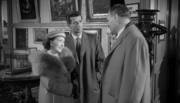

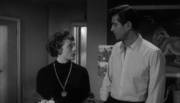

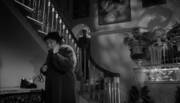

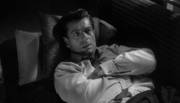
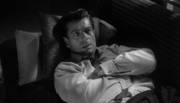

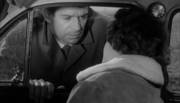


































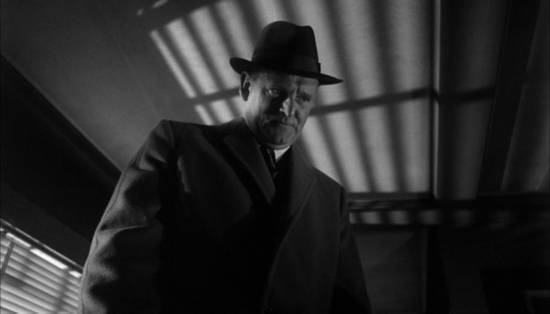



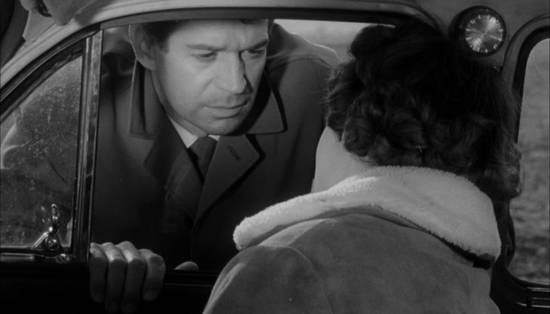


Your Opinions and Comments
Be the first to post a comment!